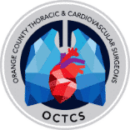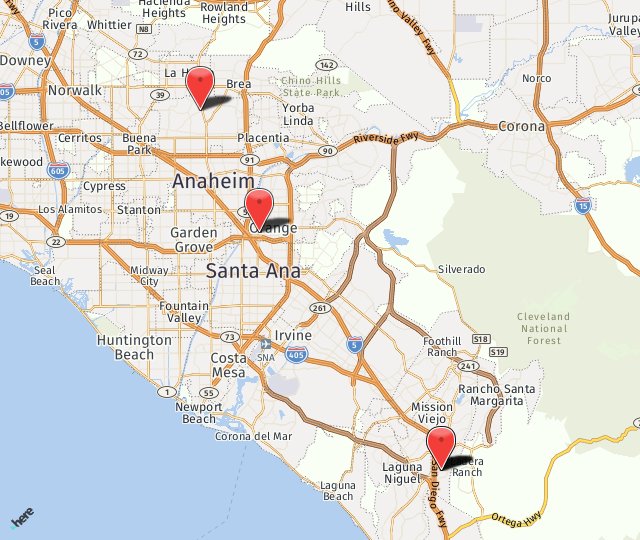An atrial myxoma is a benign heart tumor that forms within an atrium, or upper chamber, of the heart. The myxoma is a primary tumor, meaning it forms within the heart rather than forming elsewhere in the body and spreading to the heart tissue. Although primary heart tumors are rare, a myxoma is the most common of these. Approximately 75 percent of myxomas are found in the left atrium and usually begin to grow on the wall between the two upper chambers, known as the atrial septum.
Untreated, a myxoma can lead to an embolism where tumor cells break off and travel through the bloodstream, blocking blood flow or causing tumor growth elsewhere in the body. A myxoma can also enlarge within the heart walls, blocking blood flow and requiring emergency surgery.
Causes of Myxoma
The cause of myxoma formation is unknown, though about 10 percent of them are hereditary and referred to as familial myxomas. A myxoma forms more frequently in women than men. Although a myxoma is not malignant, complications are common.
Symptoms of Myxoma
A myxoma may cause severe symptoms which may mimic those of mitral stenosis. A myxoma rarely produces symptoms until they are at least five inches wide. Common symptoms of a myxoma include:
- Breathing difficulty when lying flat or asleep
- Chest pain or tightness
- Dizziness
- Fainting
- Palpitations
- Shortness of breath with activity
Other less common symptoms of a myxoma may include:
- Raynaud‘s syndrome
- Cough
- Clubbed of the fingers
- General discomfort
- Unexplained loss of weight
- Joint pain
- Swelling of any part of the body
Diagnosis of Myxoma
The first sign of a myxoma may be found during a physical examination with a stethoscope during which abnormal heart sounds or murmurs are detected. These sounds may change when the patient alters position. Further diagnostic tests which may be performed including:
- Chest X-ray
- CT scan of chest
- EKG
- Stress test
- Echocardiogram
- Heart MRI
- Angiography
- Blood tests
Treatment of an Atrial Myxoma
Once a myxoma is detected, surgery must be performed to remove it since the tumor may lead to complications, such as arrhythmia, embolism, pulmonary edema, or a blocked heart valve. If left alone, the myxoma may also spread. Heart surgery to remove a myxoma may be done one of two ways:
Open Heart Surgery
Open heart surgery is a complex procedure, involving the splitting of the breastbone in order to access the heart. It requires a large incision and long healing time.
Robotic Surgery
Less invasive, robotic-assisted surgery is often the preferred method of removal of an atrial myxoma. In this procedure, tiny incisions are made on the right side of the chest where a camera and surgical instruments are inserted using robotic arms. The doctor controls the robotic arms as they mimic his own movements. This type of surgery results in less pain, bleeding, and scarring, a shorter recovery time and a lower risk of infection.
The Risks of Myxoma Removal
Myxoma removal is generally a safe procedure, resulting in few complications. An atrial myxoma has a very low rate of recurrence after surgical excision, and most patients have an excellent long-term prognosis. As with any surgical procedure, however, there is the possibility of complications, which, while rare, must be mentioned and considered:
- Excessive bleeding
- Deep vein thrombosis
- Adverse reactions to anesthesia or medications
- Post-surgical infection
- Damage to adjacent organs

